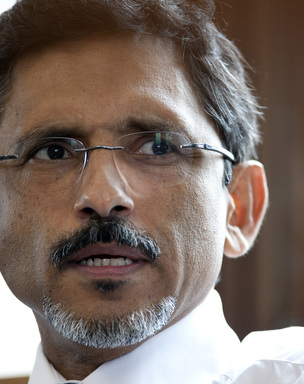With economic growth for the third quarter coming in at its lowest in four years, about as long as the department of economic development has been in existence, Ebrahim Patel must be relieved the year is coming to an end.
Established in 2009, the department continues to struggle to find its feet and this past year, as in previous years, its achievements remain insignificant. Its only real claim to fame, the New Growth Path, is but a distant memory as Trevor Manuel`s more business-friendly but controversial National Development Plan takes centre stage.
Patel`s department has failed dismally in its task to create jobs. Even though annual employment grew by 199 000 new jobs, Patel and company are evidently fighting a losing battle. In the second quarter alone, Statistics South Africa reported that the number of unemployed people increased by 122 000 and the official unemployment rate rose to a near-record high of 25.6%.
The department has been tasked with co-ordinating the implementation of the National Infrastructure Plan and Patel chairs the secretariat of the parliamentary infrastructure co-ordinating commission, which currently monitors infrastructure projects worth R807-billion. But there are still concerns that things are moving too slowly.
Hoping to speed up the process, the minister recently introduced the Infrastructure Development Bill to Parliament, but it has been met with a mixed response. Detractors have questioned whether the Bill, much like the department, is even necessary.
Under Patel`s watch, entities such as the Competition Commission have continued to perform well, imposing R730-million in penalties. This figure was largely a result of the fines imposed for collusion in the construction industry and marked a growth of 33% over the previous year. The commission also imposed employment conditions on 10 mergers.
The Industrial Development Corporation awarded funding approval to the tune of R13.1-billion, but its bad loans are at historic levels. This has raised questions about the types of ventures the institution has invested in and who is holding the purse strings.
The department`s vacancy rates and its high staff turnover continue to be major problems. It increased staff numbers by 21% this year, but it is the retention of personnel that remains problematic.
